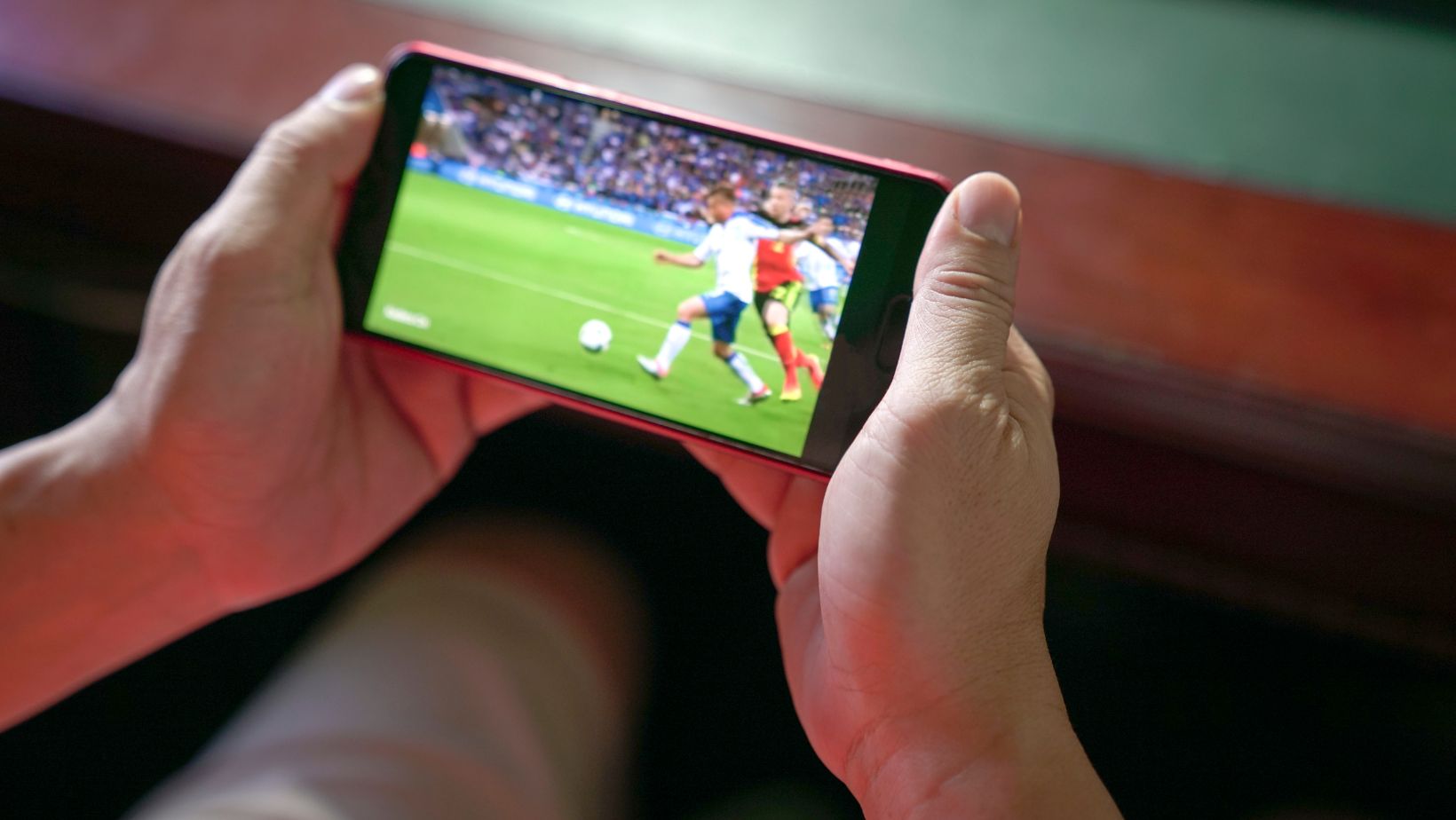Meta: Learn the history and evolution of soccer video games, from text-based simulation to lifelike, animated games.
In recent years, soccer video gaming has become a pastime enjoyed by millions around the globe. But have you ever paused to consider the beginnings of soccer gaming? Soccer in games used to be text-based simulations before the realistic, lifelike games we enjoy on screen nowadays.
Exploring the roots of soccer video games offers a nostalgic glance at simpler times. Let’s dive!
Early Days (1970s to early 1980s)
The early days of soccer video games were characterized by very basic, text-based simulations that ran on mainframe computers. These games lacked the graphical sophistication and realistic gameplay that modern players are accustomed to.
Intellivision Soccer (1980) marked a step forward in terms of graphics and gameplay. It featured a top-down perspective and allowed players to control teams in a more interactive way compared to earlier text-based games.
The same year, Atari released Soccer for the Atari 2600, featuring basic graphics with two teams represented by blocks and a square ball. RealSports Soccer (1983) followed, offering an early example of a dedicated soccer game with improved graphics and controls.

Classic Games (late 1980s–2010s)
As technology improved, games like Kick Off (1989) and Sensible Soccer (1992) aimed for greater realism in terms of graphics and gameplay. These titles started to capture the nuances of soccer, providing a more immersive experience for players.
The release of FIFA International Soccer (1993) by EA Sports marked a turning point. The FIFA series became a major player in soccer gaming, setting standards for realism and presentation.
The late 1990s and early 2000s saw a shift to 3D graphics, allowing for more lifelike player models and environments. Titles like ISS Pro Evolution (later PES) and the FIFA series continued to push the boundaries of realism and refine gameplay mechanics.
The game ISS Pro Evolution (1999) was popular during its time for its realistic player animations and physics. FIFA 2000 (1999) was a FIFA title that embraced 3D graphics for a more immersive experience.
Licensing became a significant focus, with both FIFA and PES securing deals to feature authentic teams, players, and stadiums. This added an extra layer of immersion for the players. The PES series, in particular, maintained a reputation for its nuanced gameplay.
FIFA 06 (2005) was a milestone in soccer gaming, complete with enhanced realism and licensed music. Meanwhile, Pro Evolution Soccer 6 (2006) showcased PES’s focus on realistic gameplay.
FIFA’s introduction of “The Journey” in FIFA 17 marked a notable shift toward narrative-driven gaming experiences in soccer by offering a story mode following a player’s career. Online multiplayer modes such as Pro Evolution Soccer 2018 (2017) gained prominence, allowing players to compete globally and enhancing the social aspect of soccer gaming.

Current State (2020s)
FIFA and PES (rebranded as eFootball) continue to dominate the genre, with a focus on realistic graphics, immersive gameplay, and a wide range of game modes. The ongoing advancement of technology has led to even more detailed player models, dynamic animations, and expansive virtual environments.
FIFA 22 (2021) continues the series’ commitment to realism and features the latest technology in player animation, while eFootball 2023 (formerly PES, 2023) rebranded with a focus on free-to-play and online gaming.
Overall, the history of soccer video games reflects the advancement of technology. It has gone a long way from text-based simulations to more realistic and immersive simulations of the sport. This is partly driven by the soccer community’s need for better soccer games. The soccer community is actively discussing soccer online in forums or blogs at SportsBet.io.
As gaming technology continues to evolve, soccer video games are likely to offer even more authentic and engaging experiences for players.



















































































































